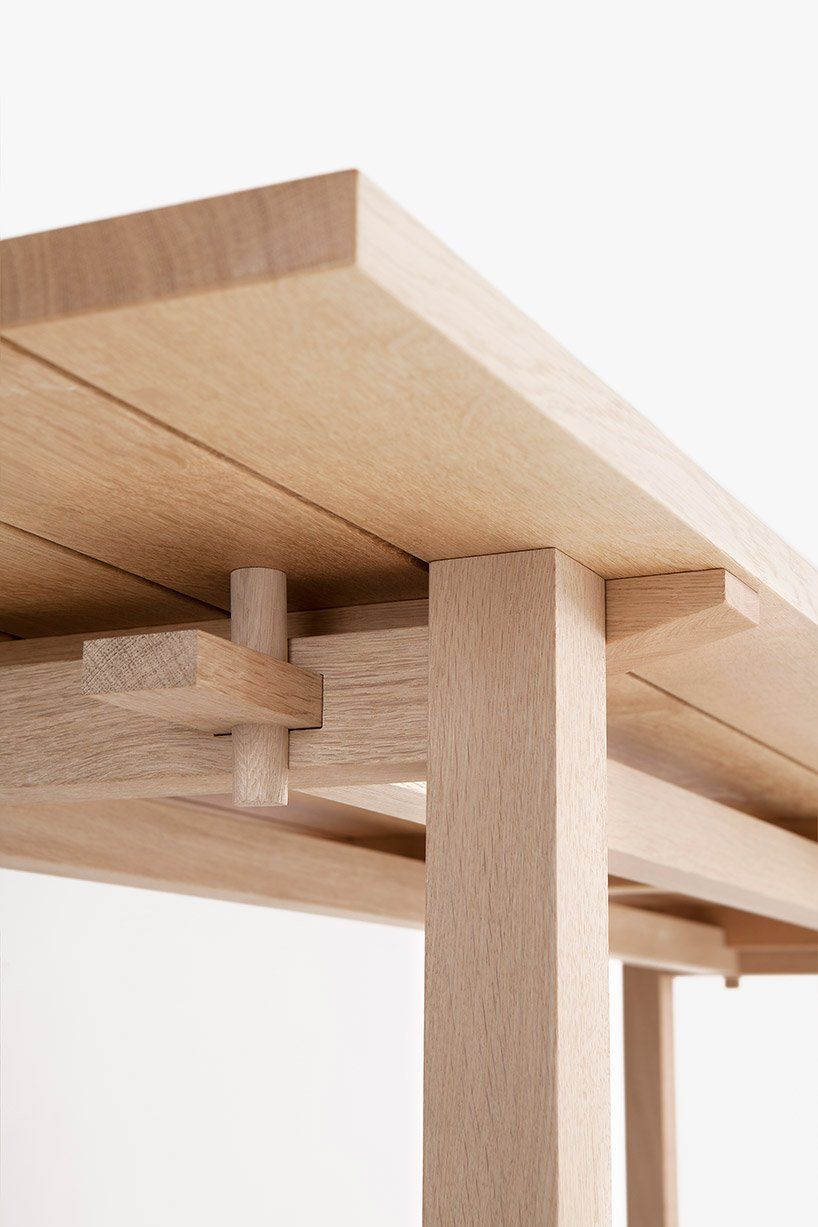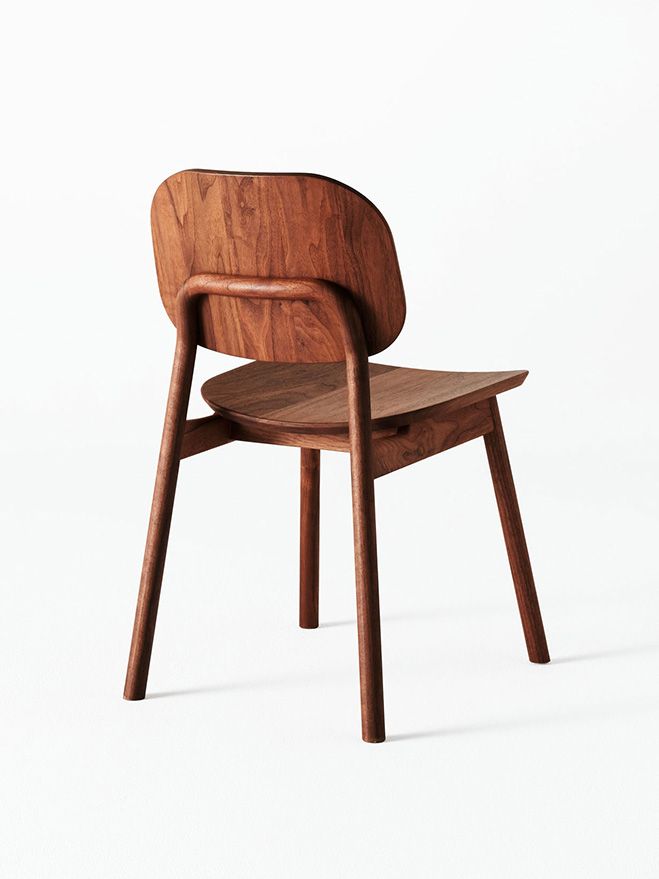
Japanese furniture is known for its beautiful craftsmanship, simple yet elegant designs, and use of natural materials such as wood, bamboo, and rattan. Traditional Japanese furniture often reflects the principles of Wabi-Sabi, which values imperfection, simplicity, and the beauty of natural materials. One of the most well-known pieces of Japanese furniture is the tatami mat, a traditional straw mat that is used for flooring in traditional Japanese homes. Other popular pieces of Japanese furniture include low tables known as chabudai, futons, and sliding doors called fusuma. Japanese furniture is also known for its versatility and space-saving designs, making it ideal for smaller living spaces. Today, Japanese furniture continues to be highly regarded for its craftsmanship and aesthetic appeal, with many modern designers drawing inspiration from traditional Japanese design principles. Whether you are looking to incorporate Japanese furniture into your home for a touch of Zen simplicity or are simply drawn to the beauty of its design, Japanese furniture is sure to add a sense of tranquility and elegance to any space.
When it comes to Japanese furniture, there is a unique blend of traditional craftsmanship and modern design that sets it apart from other styles. Japanese furniture is known for its simplicity, elegance, and functionality. The clean lines and minimalist aesthetic make Japanese furniture a popular choice for those seeking a peaceful and harmonious home environment.
One of the key features of Japanese furniture is its use of natural materials such as wood and bamboo. These materials are not only environmentally friendly, but they also add warmth and a sense of luxury to the space. Japanese furniture is often handcrafted by skilled artisans who have honed their craft over generations. This attention to detail and quality ensures that each piece of furniture is a work of art in its own right.
Another characteristic of Japanese furniture is its versatility. Many pieces are designed to be multi-functional and adaptable to different spaces and uses. For example, a low table can be used for dining, working, or as a coffee table, depending on the need. This flexibility makes Japanese furniture ideal for modern living where space is often limited and functionality is key.
Overall, Japanese furniture is a perfect balance of form and function. Its timeless design and quality craftsmanship make it a worthwhile investment for those looking to create a serene and stylish living space. Whether you are looking to add a touch of Zen to your home or simply appreciate the beauty of Japanese design, incorporating Japanese furniture into your decor is sure to bring a sense of tranquility and harmony to your living space.
 Decor ideas Style Starts Here
Decor ideas Style Starts Here








